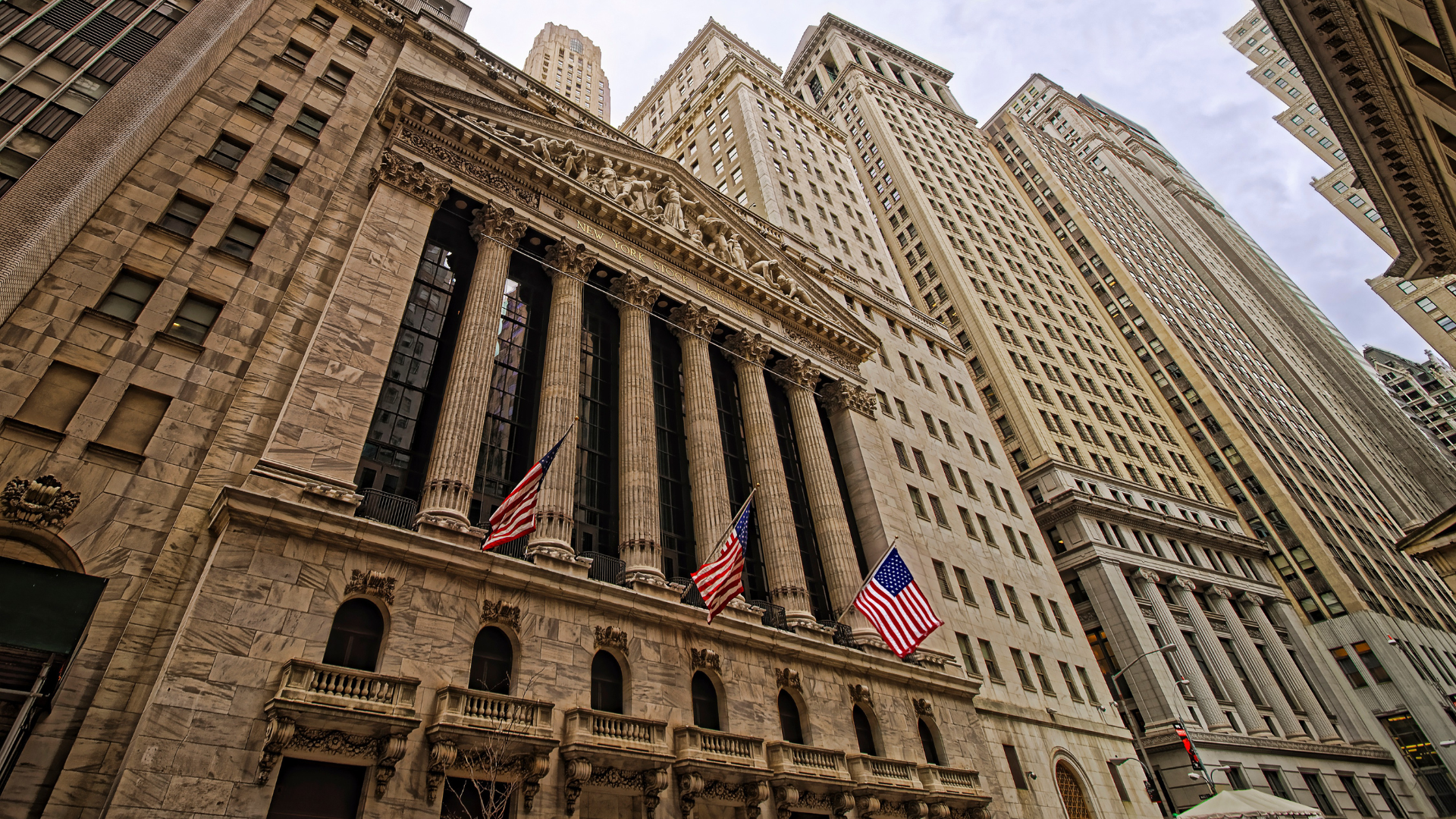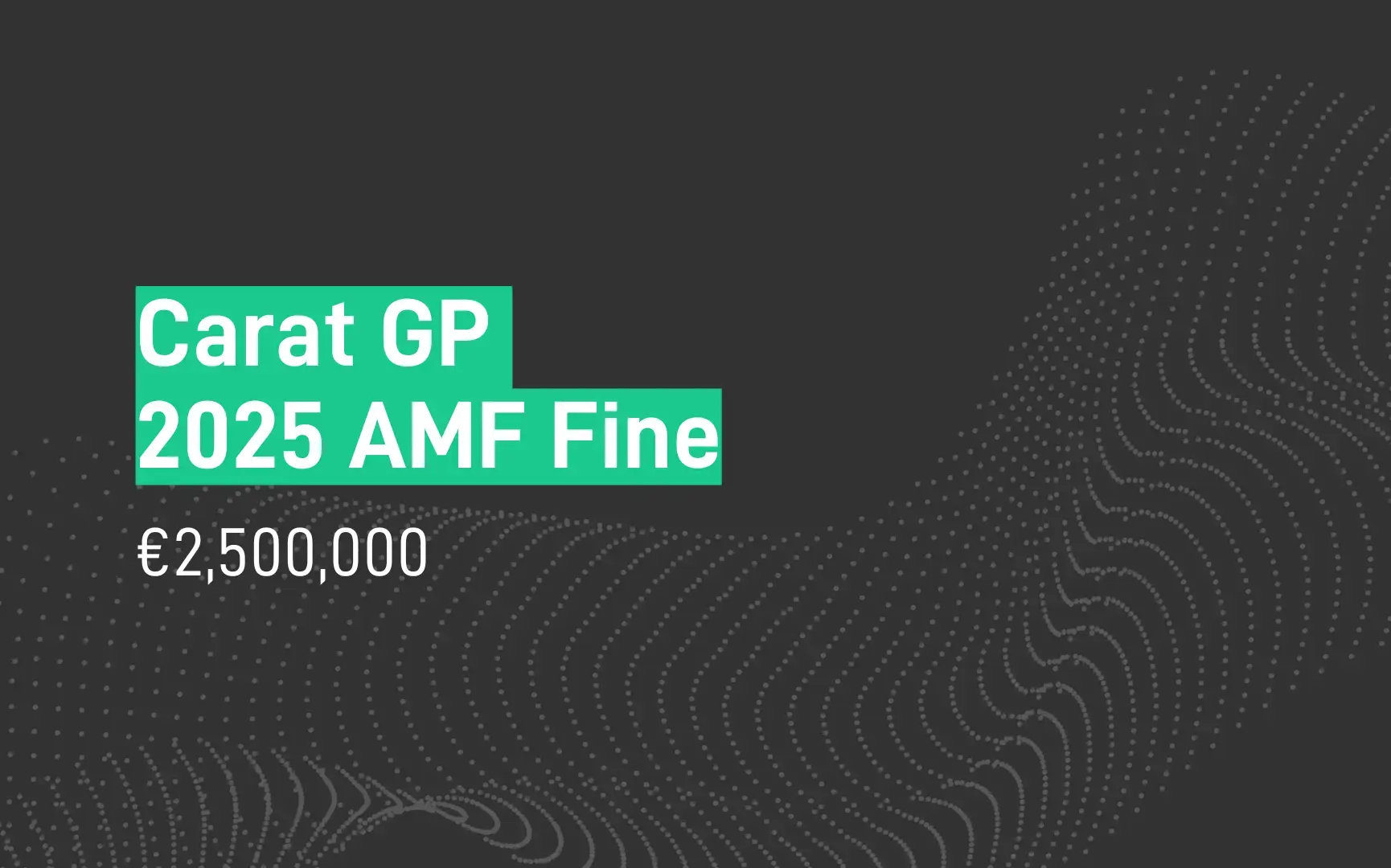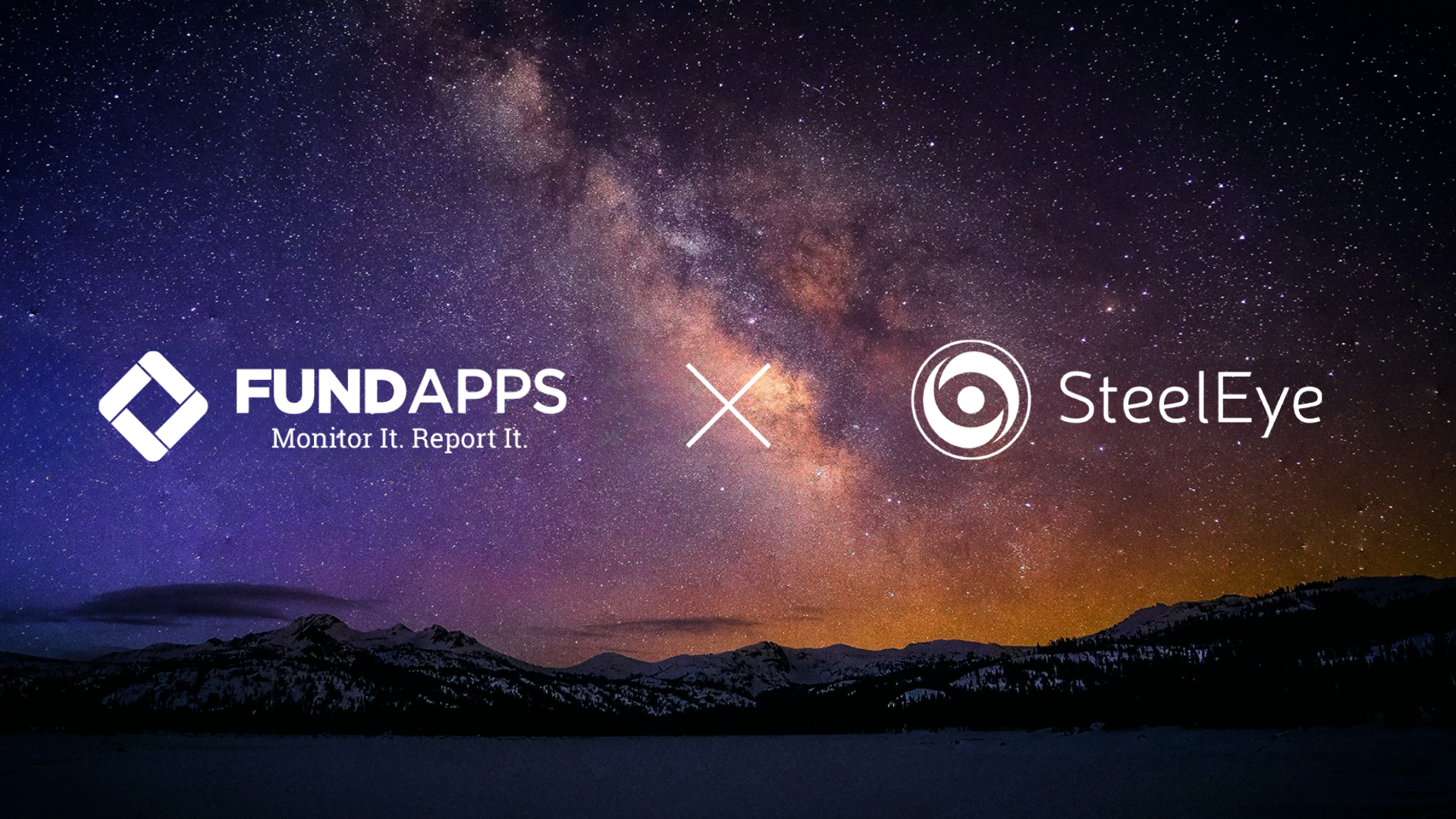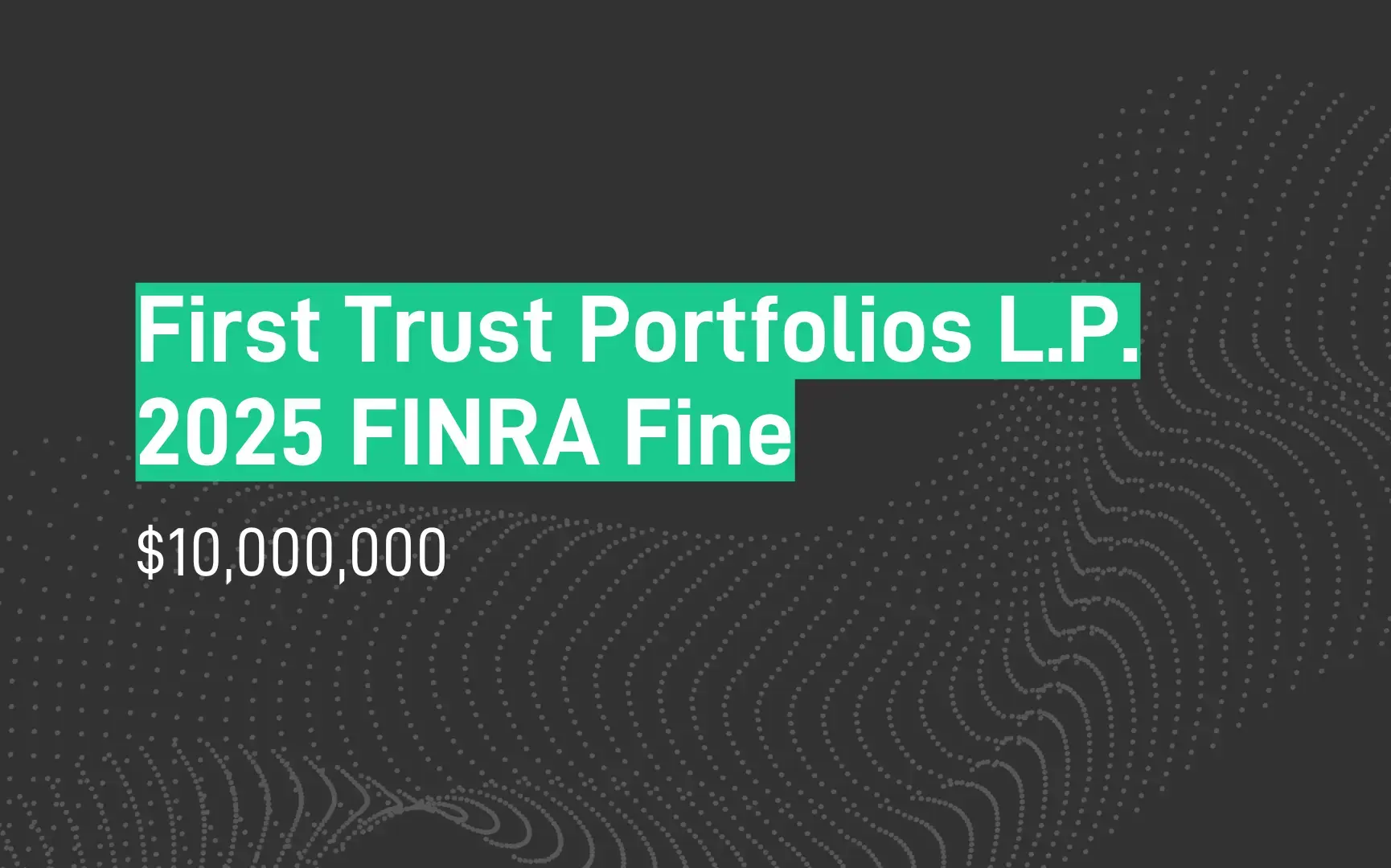Over the past few years, regulators have been paying more and more attention to trade and communications surveillance in their efforts to identify market abuse, suspicious activity and financial crime. Small private banks and other wealth management firms have to be very conscious of costs in this area.
When the European Union introduced it’s the Market Abuse Regulation (MAR) in 2016, it raised the bar significantly and compliance officers are now personally liable if they fail to evaluate their companies' trading activities continually.
To monitor this complex array of activity and ensure compliance, institutions have to have enough resources to be able to assess and consolidate a broad range of information. This comes from communications, orders, trades, "customer relationship management" data and market data. The demand for these resources has put a good deal of pressure on financial firms, with many having to update or replace outmoded systems.
However, as regulators are becoming more and more willing to fine non-compliant financial institutions, firms ought to step up the pace at which they are taking on new software that can simplify and use their communications and trade data intelligently.
The rising tide of regulation
MAR has a number of aims. It is designed to increase the integrity of markets, protect investors from sharp practice and make the securities markets attractive to people who want to raise capital. It replaced the Market Abuse Directive (MAD), extending the reach to new markets, new platforms and new ways of doing business, and is now thought to contain the most rigorous instructions regarding market abuse to date.
As a result, it is a complicated regulation to get to grips and many firms are still struggling with MAR compliance. To put the challenge simply, there is no "one size fits all" solution.
MAR requires firms to collect more comprehensive information surrounding their trading activities, including voice and electronic communications, and to archive and analyse all this data.
MAR spans a range of financial instruments across several venues, asset-classes and regions. It is therefore no longer enough for the firms to employ one simple rule-based method of detection. Instead, they now need to use a variety of analytics tools and methods based on different scenarios and contexts to attune to the various trading activities.
To add to the firms' regulatory obligations, MAR now obliges them to look out not only for ‘successful’ cases, but also for all attempts at market abuse.
These requirements, so far, have proven challenging for firms to manage. Many still rely on legacy systems which rarely allow for easy data management or the consolidation of data from multiple sources as required for effective oversight, such as trades, the behaviour of employees, voice communications, emails and instant messages. This has restricted firms in their efforts to detect suspicious events that consist of more than one activity and has contributed to a preponderance of 'false positives,' i.e. test results that wrongly indicate that particular conditions or attributes are present.
Even more worrying, small wealth firms, asset managers and family offices, with a shortage of time or capital to devote to compliance, are having the toughest time when trying to comply with the surveillance rules. For such firms, it can be very costly to acquire the software that can collect, aggregate and analyse such volumes of data effectively. It is hardly a surprise that the UK's Financial Conduct Authority recently wrote that only a minority of firms had the appropriate controls in place for effective surveillance.
a holistic future
In order to meet the increasing demands of MAR, firms require a holistic surveillance solution that can monitor a range of information while being simple, effective and affordable.
The foundation for all these requirements is data. Firms need to be able to on-board and consolidate masses of trading, communications and market data, and capture all data relating to electronic and voice communications. The crucial solution to the problem is software that can bring disparate systems together and therefore evaluate all the data from the multitude of asset classes and products in a centralised repository.
The amassing of data in one place is only the first step. Compliance officers also want software that can spot and highlight suspicious activity. The right analytical tools are therefore essential.
Machine learning and Artificial Intelligence (AI) have come to the fore in this area. These technologies use behavioural analysis that allow firms to identify patterns in their data, enabling them to form a picture of 'normal' behaviour, from which they can then detect deviations. This makes it easier for firms to spot the risks inherent in their products and forecast areas of concern for further investigation.
In the case of any long investigation, the firm in question needs a platform that can easily to bring together, index and make searchable all data related to specific trading activity, providing the firm with an in depth audit trail which can be reviewed in a matter of minutes.
Why not move beyond regulation?
Trade surveillance can, and should, be seen as a strategic opportunity for firms. Recent research by the accountancy firm of EY states that one third of firms are already developing surveillance techniques for internal and operational reasons that have nothing to do with compliance.
By putting in place mechanisms that can consolidate the masses of previously dormant regulatory data, firms have a forensic vision of their day-to-day business operations. This can give them intelligent insights, which in turn can help them forecast and predict patterns of behaviour, separate the things that work from the things that do not work and, ultimately, make themselves more efficient and profitable.
SteelEye's Surveillance solution offers comprehensive coverage for a wide range of market abuse activities and behaviours. We bring together all your structured and unstructured data, complementing it with reference, market, news, and social media sources, before presenting it back to you in a meaningful way. SteelEye monitors all your trade and order activity in real time and matches the instruments you have traded with related communications, news and social media feeds. This gives you the necessary context needed to carry out investigations, reconstruct trades or orders, and report accordingly to the regulator.


.jpg)









